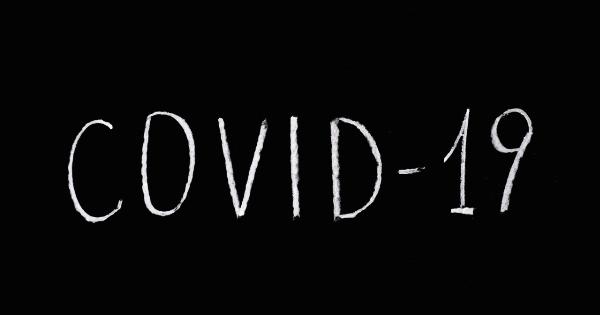Bruce Willis has been in the public eye for decades as a beloved actor and action hero. However, in recent years, he has been a topic of discussion for a different reason.
Willis was diagnosed with Bell’s Palsy, a condition that causes paralysis or weakness on one side of the face due to a malfunction of the facial nerve. In this article, we will explore the medical mystery of Bell’s Palsy and its impact on Bruce Willis.
What is Bell’s Palsy?
Bell’s Palsy is a neurological disorder that affects the facial nerve, which controls the muscles on one side of the face. The condition causes sudden weakness or paralysis on one side, making the affected side of the face droop.
Bell’s Palsy can occur at any age, but it is more common in people aged 15-60 and affects both men and women equally.
The exact cause of Bell’s Palsy is still unknown, but doctors believe that it is related to the herpes virus. When a person has the herpes virus, it can become reactivated and infect the facial nerve, leading to inflammation and damage.
In rare cases, Bell’s Palsy can also occur as a side effect of other health conditions such as Lyme disease, sarcoidosis, or HIV.
Symptoms of Bell’s Palsy
The symptoms of Bell’s Palsy can vary from mild to severe. Some of the most common symptoms include:.
- Sudden weakness or paralysis on one side of the face
- Drooping of the mouth or eye on one side
- Drooling
- Difficulty speaking or eating
- Decreased ability to taste
- Twitching or spasms on the affected side of the face
Symptoms typically appear suddenly and reach their peak within 48 hours. The severity of symptoms can vary based on the individual and can last for several weeks to several months.
Treatment for Bell’s Palsy
While there is no cure for Bell’s Palsy, there are several treatments available to help manage symptoms and speed up recovery. Some of the most common treatments include:.
- Steroids: Corticosteroids such as prednisone can help reduce inflammation and swelling in the facial nerve, which can speed up recovery.
- Eye patching: If Bell’s Palsy affects the eyelid, eye drops or patching may be recommended to protect the eye and prevent dryness or irritation.
- Physical therapy: Exercise and massage of the affected facial muscles can help maintain muscle tone and prevent muscle shrinkage during recovery.
- Surgery: In rare cases, surgery may be recommended to decompress the facial nerve if swelling or inflammation is affecting the nerve’s function.
Most people with Bell’s Palsy recover completely within 3-6 months, although some may experience residual weakness or facial twitching. While rare, some people may have recurrent episodes of Bell’s Palsy.
Bruce Willis and Bell’s Palsy
In 2020, Bruce Willis was photographed wearing a mask in public, which caused confusion and concern among his fans. It was later revealed that Willis was diagnosed with Bell’s Palsy, which affected the muscles on one side of his face.
The condition caused Willis’ face to droop on one side, but he continued to work on his latest film during his recovery.
Willis’ spokesperson confirmed that he was “recovering nicely” and that the condition was “not severe.”.
While Willis has not spoken publicly about his experience with Bell’s Palsy, he is one of many celebrities who have been diagnosed with the condition.
Other famous people who have experienced Bell’s Palsy include George Clooney, Angelina Jolie, and Pierce Brosnan.
Conclusion
Bell’s Palsy is a neurological condition that can cause sudden weakness or paralysis on one side of the face. While the exact cause is still unknown, doctors believe that it is related to the herpes virus.
While there is no cure for Bell’s Palsy, there are several treatments available to help manage symptoms and speed up recovery. Bruce Willis is one of many celebrities who have been diagnosed with Bell’s Palsy, and he is currently “recovering nicely” from the condition.


























